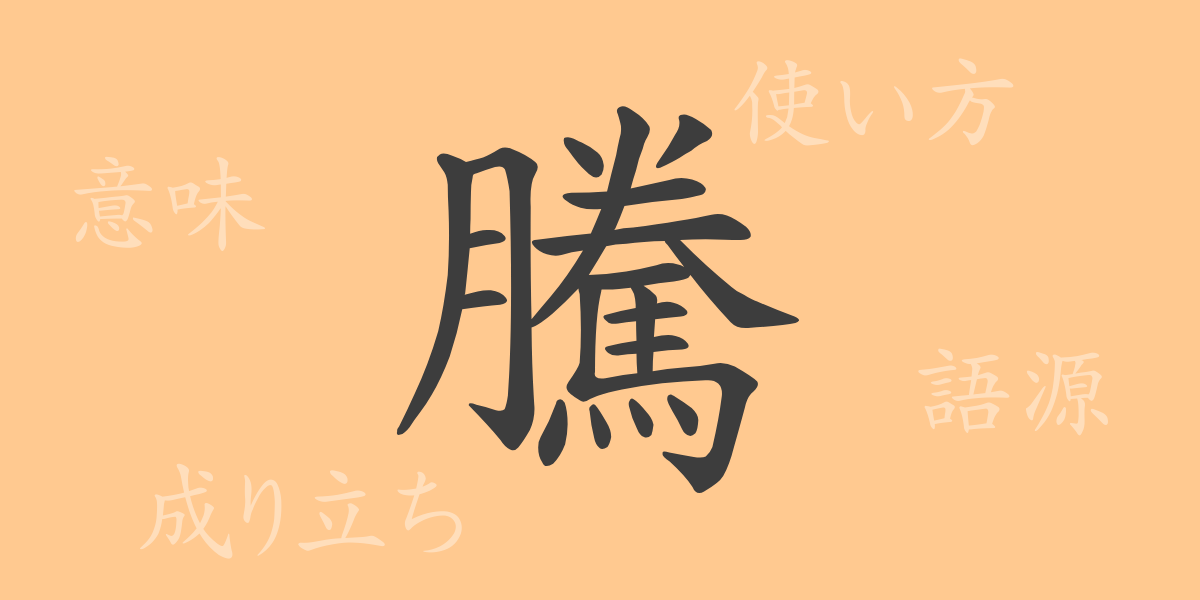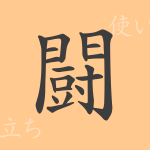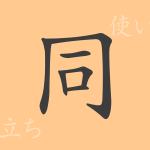Japanese written culture is profound, and among its elements, Kanji is known for its complexity and beauty. ‘騰 (トウ)’ is one of the frequently used Kanji, spanning from economics to everyday conversation, yet its meaning, origin, and usage are not widely known. This article delves into the allure of ‘騰’, exploring its origins, meanings, usage, and even phrases and idiomatic expressions associated with it.
Origins of ‘騰 (トウ)’
The Kanji ‘騰’ combines the radical for horse ‘馬’ with the phonetic element ‘登’, symbolizing the action of a horse leaping upwards. Originating from ancient China, ‘騰’ was initially used to describe the vigorous movement of horses.
Meaning and Usage of ‘騰 (トウ)’
‘騰’ conveys meanings such as ‘to rise’, ‘to increase’, and ‘prices going up’. In economic contexts, it refers to rising stock prices or inflation, while in everyday speech, it can also depict an escalation of emotions. It is used as verbs ‘騰がる’ and ‘騰げる’ to describe these actions.
Readings, Stroke Count, and Radical of ‘騰 (トウ)’
Basic information about the Kanji ‘騰’ is as follows:
- Readings: On’yomi ‘トウ’; there are no Kun’yomi readings.
- Stroke Count: A total of 20 strokes.
- Radical: The radical is ‘馬 (うま・うまへん)’ related to horses.
Phrases, Idioms, and Proverbs Using ‘騰 (トウ)’
Idioms and phrases including ‘騰’ reflect its dynamic implications. For example, ‘価騰’ means an increase in prices or value, while ‘騰進’ indicates a rise in status or esteem. The term ‘飛騰’ describes a rapid ascent akin to soaring, and ‘猛騰’ refers to sharp increases, typically in prices.
Conclusion on ‘騰 (トウ)’
The Kanji ‘騰’ is used in various ways in our lives, embodying a dynamic image of upward movement, particularly evident in economic news. This character is apt for describing things that improve or escalate, showcasing the richness of expression in the Japanese language. Through exploring ‘騰’, we gain an understanding of the meanings and history embedded in each character, providing insight into the culture and thought underlying the language.

























